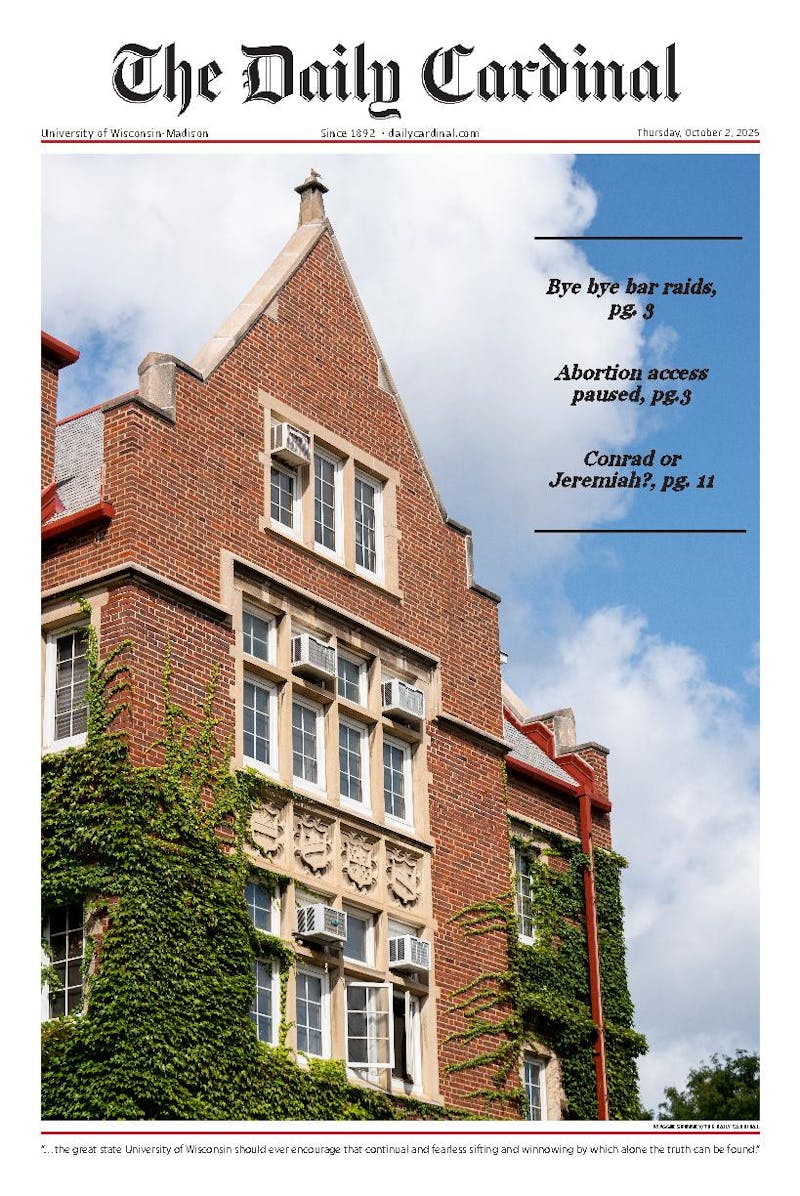For a historical biography about world-renowned scientist Marie Curie, “Radioactive” is not your typical nonfiction read. In fact, it’s difficult to grasp exactly what kind of book “Radioactive” actually is.
It’s partly a biography, detailing Marie’s personal struggles and triumphs, dwelling especially on her love life. Yet there is an equally heavy emphasis placed on the progression and magnitude of her scientific work with the chemical radium.
Although the first page begins with a quote by Marie Curie claiming, “There is no connection between my scientific work and the facts of private life,” the two are actually quite interwoven. The details of Marie’s personal life, coupled with her extraordinary intelligence, were actually part of a sequence of events that led to the discovery of radium and the creation of the atomic bomb.
Marie’s work with radium begins in France as she’s paired with young scientist Pierre Curie. At the time, both are lonely and heartbroken, abandoned by former lovers. As they delve more deeply into their scientific studies, the chemistry between the two intensifies and they get married, forming an impressive union of two high-profile and promising scientists.
For a while, Marie and Pierre’s life seems untouchable. Their work with the chemicals radium and polonium gain interest around the world. The couple becomes as wholeheartedly invested in their scientificwork as they are deeply invested in one another.
Suddenly, however, everything takes a turn for the worst. Due to an extraordinarily unfortunate stroke of fate, Pierre is killed in a freak accident. Despite her initial devastation at her husband’s death, Marie eventually begins a relationship with one of his former students, Paul Langevin. Marie—once again energetic and delighted and captivated in her work—seems to be regaining some of her spirit. It doesn’t take long, however, until Paul’s vengeful wife exposes the couple, maliciously spreading gossip throughout the world until Marie’s private life, rather than her research, is the center of attention. Within a course of weeks, Marie’s reputation has faltered from being a prominent scientist to that of a lowly home-wrecker.
Although she’s eventually able to overcome this label, Marie’s life never returns to how it used to be. The initial glamor of the exotic and luminous radium begins to wither. Instead, rumors of the negative effects of radiation exposure start swirling throughout the scientific community and the world. Those who come in contact with the chemical on a daily basis experience crippling side effects, some even appearing to “glow” frighteningly from within. As the effects of the chemical radium become increasingly dangerous, despair steadily clouds Marie’s life. At the age of 66, her body—withered from years of radiation exposure—is her final experiment as she meticulously observes her own slow path towards death.
The purpose of the book remains unclear; it is too story-like to be a textbook, yet too unconventional to be a casual read. Despite the fact that Marie made revolutionary leaps in science, her findings are overshadowed by her personal dramas in the book. Although she was a brilliant woman, the book doesn’t say much about her personality. In fact, her identity is largely shaped by the men around her, who were overall less impressive than she.
“Radioactive” is a tough book to pinpoint. It’s almost entirely filled with illustrations that sprawl across the page, encircling and spiraling through the text. There is a constant time-warp as the narration switches from Marie’s era to later years, when the real effects of radiation transform the course of history. Other stories of cancer patients, Chernobyl researchers and Hiroshima survivors intermingle through the non-linear recount of Marie Curie’s life, showing how the discoveries from a pacifist scientist sent ripples of influence into future diseases and wartime.
Readers with fleeting attention spans will likely appreciate the constant pictures, usually surreal depictions of characters with extending arms, disproportionate limbs,and deep-set eyes. Literature buffs, on the other hand, might find some enjoyment in reading Marie’s direct quotes, which are lyrical pieces of Victorian language buried among hand-drawn illustrations and careening narration. “Radioactive” is an interesting read that catapults the reader into a dream-like state, where the words mix with the pictures and the meaning of the book is found in the feelings that it induces, rather than in its actual facts.





